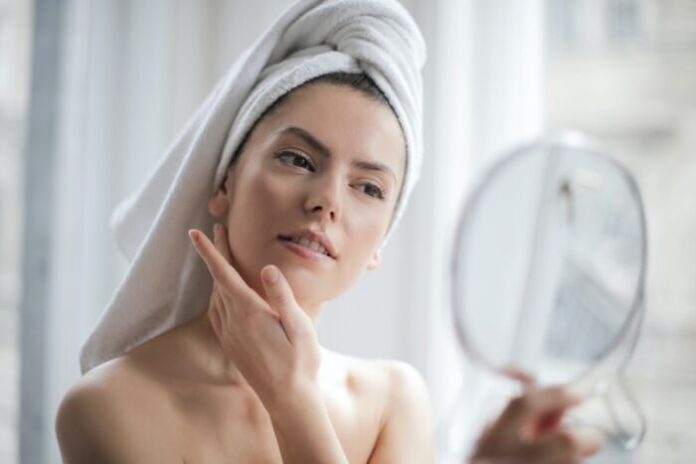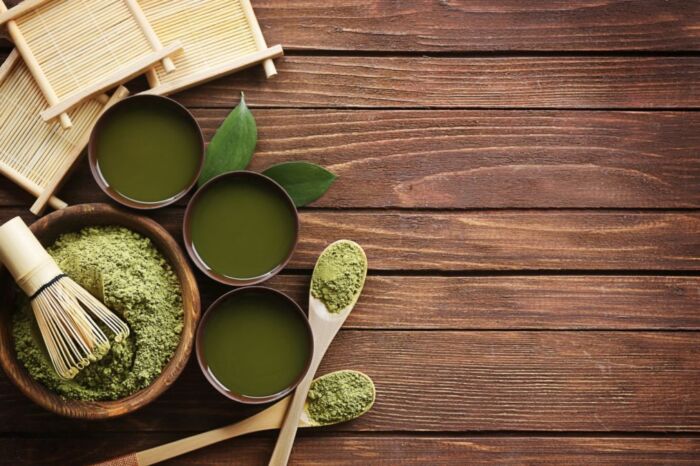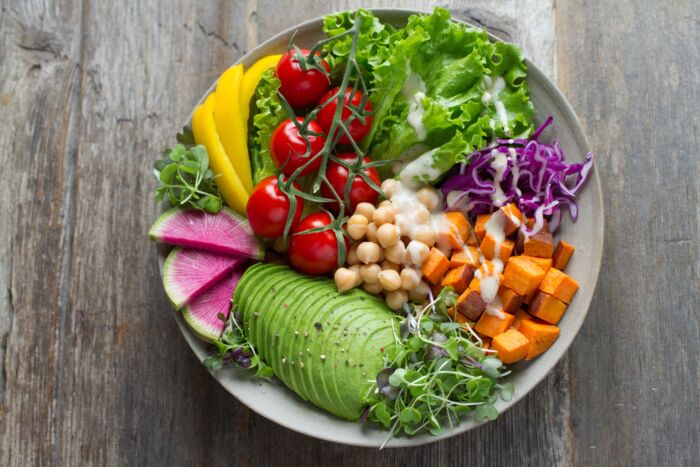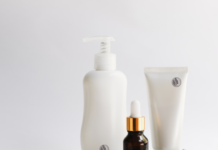
Couperose is a skin lesion that presents with micro dilations to the superficial blood vessels due to vascular problems, which affect all areas of the body but especially the face with an accentuated redness. Couperose occurs more in people with thin, sensitive and easily irritated skin. It is more common in women over thirty years of age, but it can also be found in men.
The causes are many, in addition to a genetic predisposition, the alteration of the microcirculation can also be determined by frequent and prolonged exposure to sunlight and sudden climatic changes (hot-cold), in fact it is observed more frequently in people who perform outdoor work.
Excess alcohol, smoking, the consumption of exciting foods and the deficiency of some vitamins (vitamin C) can also facilitate the appearance of rosacea.
If not adequately treated, the risk is that the phenomenon manifests an evolution of inflammatory processes with increasingly frequent episodes and that therefore the transient couperose becomes chronic in a stable phenomenon, transforming into a more serious dermatological disease called Acne rosacea.
The problem of couperose is not synonymous with a disease, but is a blemish caused by the dilation of the capillaries with the tendency to manifest itself over time without ever disappearing completely. However, there are some remedies that can improve the overall appearance of the face, with increasingly long-lasting results.
Gentle cosmetic treatments against rosacea and cuperose
Using the right, and suitable, cosmetics in the beauty routine will help the skin of our face in a surprising way. First of all we must understand that having a particularly sensitive skin on the face, the temperature of the water when we wash the face must be exclusively lukewarm.
All products containing alcohol must be banned as on particularly fragile and delicate skin, and often thin, alcohol can cause mild irritation which in this specific case would turn into an increase in redness and capillary texture.
Where possible, we avoid foaming products for facial cleansing and opt for micellar water based on cornflower plant extract. The flavonoids and anthocyanins of the extracts from the “blue” flower of the cornflower are decongestants, while the pectins retain water on the skin: this is why it is ideal for sensitive skin. Obviously, as we have emphasized several times, the plant extracts must not be glycolic (therefore no Propylene Glycol in the INCI) but rather distilled water of the plant or glyceric.
For the protective and soothing cream suitable for the skin of the face it would be advisable to choose one without perfume. Increasingly, cosmetics tend to be perfumed directly with plants; I always remind you that plants are alive and therefore potentially allergenic: read carefully the INCI of the products with particular attention to allergens. The cream should contain plant extracts of lavender (soothes red skin), blueberry (protects fragile capillaries), St. John’s wort (counteracts dryness and inflammation), witch hazel (decongestant, also excellent on sunburn) and enriched with moisturizing substances such as aloe gel vera, vegetable oils and butters (sweet almond, sunflower, shea, rice wax).

As an alternative to the cream we can use serum, with the same properties and ingredients as the cream; however, if we need more hydration we can replace the cream with a face oil. It is possible to take advantage of its application to make a massage with light pressure of the fingers, from the sides of the nose towards the external part of the face and then downwards, to the base of the neck, so as to help the microcirculation.
Clay, a precious ally of your skin
Once a week, for a deeper cleansing, it is advisable to make a face mask. In an absolute sense, clay-based ones should be used, with well-known detoxifying properties, also used to soothe skin irritations. There are different types of clay: the most famous are the green one, especially indicated for impure skin, and the white one, the most delicate of all. You can buy loose clay at a herbalist’s shop and create a homemade clay-based mask and chamomile decoction, or opt for a packaged product that contains it among the ingredients. Absolutely avoid products that contain alpha hydroxy acids (better known as fruit acids).
If a foundation is regularly used as a make-up base, also for its ability to “hide” redness, I recommend a product with an antioxidant and protective action with saffron extract (famous precisely for counteracting the aging process), tomato, berries of Goji and mullein flowers, which also have an illuminating action.
For the spring and, above all, the summer season, it is necessary to prepare the skin of the face to receive greater solar radiation both with an adequate diet and with protective cosmetics containing sunscreens. Obviously this is true for the entire skin of the body but especially for those with signs of capillary fragility that become less visible with tanning only for a chromatic matter.
What to eat to prevent couperose

As always, the power supply, that is the quality of petrol for our engine, is essential to prevent and soothe the unsightly effects of couperose. It often happens to observe evident redness and traces of couperose on the face after a large meal, perhaps a little tastier than usual. Nothing alarming but there is a correlation between food and the effects it has on the skin, especially that of the face. Proper nutrition should include the systematic consumption of the following foods:
- Vegetables: as in any diet, also in this case there must be no lack of vegetables, which bring multiple vitamins and nutrients to our body. Avoid, however, spinach, tomato and avocado;
- Fibers: help get rid of a greater amount of toxins; the skin will benefit, so couperose will improve accordingly. We find it in pasta or brown rice, in quinoa and in whole wheat;
- Lean meats: chicken and fish are excellent for couperose, as they are healthy and contain low amounts of fat; for this reason, they help keep the body’s heat under control. Heat, in fact, is one of the activating agents of couperose blemishes;
- Omega 3: foods rich in omega 3, including fish, have an anti-inflammatory function that helps reduce redness. You can consume walnuts, salmon, mackerel or wheat germ;
- Berries: blueberries, cherries and blackberries perform a vasoconstrictive function. This function favors the strengthening of the blood vessel walls;
- Onion and garlic: seasoning or accompanying meals with onion and garlic allows you to preserve intestinal health and keep the blood flow free of toxins;
- Products rich in vitamin A: this vitamin is essential for the well-being of our skin. Carrot, papaya, carrot and melon are rich in this element.






































